This is Part 2 of a Global News investigation into Alberta’s funeral industry. To read Part 1, click here.

Two Alberta families are calling for more oversight and changes in the funeral industry after a mix-up over the remains of their loved ones.
Jana Semeniuk filed a complaint with the Alberta Funeral Services Regulatory Board (AFSRB) after her mother’s remains were given to a different family last summer.
READ MORE: Woman’s body switched at funeral home, accidentally cremated: grieving family
She said she was told the incident was the result of a human error. However, she believes there is something wrong with the system overall.
“Something was broken in the way you do things that allowed this to happen, so maybe you need to look at that and fix it so this can’t be allowed to happen again,” Semeniuk said.
Anna-May Woodley lives in Hinton, Alta., and found the remains of Semeniuk’s mother, Phyllis Goodyear, in a box she had understood was holding her mother’s remains. Both women had died around the same time and were cremated by the same funeral home.
Woodley said a company cannot be blamed for the actions of one employee, however, she said she believes system-wide changes may be needed.
“Check and double-check,” Woodley said. “Make sure you’ve got your ducks in a row before you head out the door.
“Make sure your employees understand their job and what’s required of them and, in that industry, understand that these are people that are in the lowest part of their lives.”
Goodyear’s remains were returned to Semeniuk’s family. Meanwhile, Woodley said a funeral staff member later confirmed that her mother’s remains had all along been in an urn she had been given.
Other complaints
There are roughly 16,000 cremations performed in Alberta every year, according to the AFSRB, and the board, on average, receives approximately 20 complaints a year.
A Freedom of Information request for complaints filed with the AFSRB from 2014 to 2016 uncovered at least two incidents during that time period where a family filed a complaint over the labelling and identification of cremated remains.
An exact number of complaints is not known because many of the released documents are completely redacted.
In 2015, a complaint — with redactions — outlined concern that there may be a mix-up.
“We discovered that the number on the label on the cardboard box, and the number on the metal tag secured to the plastic bag containing the remains, do not match,” reads the complaint.
“Believing that, logically, the numbers should match, but seeking verification (redacted) and asking for general information only – phoned both (redacted) and was told that the two numbers are required to match.”

Get breaking National news
It isn’t clear what the outcome of the situation was. The regulatory board’s annual report lists the complaint in its summary, but no further details are provided about the investigation.
In 2016, there was another complaint about what is believed to be a mix-up.
“As I was moving [the ashes], I looked on the bottom of the black box for some unknown reason, and to my shock discovered that the box had the name (redacted). This discovery has caused me considerable unnecessary grief, anger, regret and [made me feel] that a huge indignity has been delivered to my (redacted),” the complaint reads.
Similar to the 2015 complaint, it is not clear whether the situation was resolved and, if so, how it was resolved.
The complaint is not listed in the regulatory board’s annual report for the year, meaning it potentially may still have been open at the time of the report’s publication.
A further review of annual reports from the AFSRB shows that in 2013 there was a complaint from a family concerned about receiving the correct remains.
The findings outlined in the report reveal one cup of the cremated remains was placed in a plastic reusable transfer container for a family member, who then went to the Northwest Territories to scatter the remains.
“Shortly after scattering the cremated remains, he observed the label on the plastic reusable transfer container was not the name of the deceased… the funeral business had neglected to remove the name of the previous deceased’s cremated remains from the reusable transfer container,” the findings read, adding the business revised its policy for handling cremated remains.

There was another complaint in 2014 where family members were also concerned about receiving the correct cremated remains.
READ MORE: N.S. regulator revokes licence of funeral director after finding caskets re-used
Findings outlined in the annual report reveal that the deceased was cremated and separated into two containers. A metal identification disc was placed inside one of the containers.
“The funeral director involved in separating the cremated remains into two black plastic containers believes that one of the containers had someone else’s name on it, thus causing the concern,” the findings read, adding the family accepted the explanation of the funeral home staff.
There are no other details about the complaint or how the situation was remedied.
Best practices
David Root, the general manager of Pierson’s Funeral Service in Calgary, has been working in the funeral industry for 15 years. He is also an instructor with the Funeral Service Program at Mount Royal University.
Root said the best practices for labelling and identification begin when a deceased individual is brought to the funeral home.
He said labelling policies, such as an identification tag on a body part — like an ankle — is a measure taken so staff are aware of who the individual is throughout the process.
Before a deceased individual is cremated, their remains are assigned a metal disc with a cremation number, which stays there after the remains are removed from the crematorium.
Root said it is a staff member’s responsibility to double-check the cremation number on the remains with the cremation number on the paperwork that is assigned to the deceased individual before the remains are placed in an urn.
Once in the urn, a label with the deceased’s name and his or her cremation number is cross-referenced with the accompanying paperwork before the remains are released to the family.
Root said human error in the Semeniuk and Woodley incident likely came into play during the labelling portion of the process.
“Unfortunately, I don’t think human error is a good enough answer, especially when dealing with someone’s remains,” he said. “It’s an emotionally-charged situation in general, and so to just say human error is what led to it is really, in many ways, unacceptable to a grieving family.
“When it comes to the funeral profession, we essentially only get one chance to get it right. There’s no do-overs for some of these things.”
Root said funeral homes are doing their best to ensure mistakes do not happen, but acknowledges there is always room for improvement.
He was also surprised to hear about the number of complaints related to the potential mix-up of remains.
“But the reality is we work in a world that’s imperfect and we work with people that are imperfect and make mistakes. I guess it’s a battle within myself.”
Regulatory board responds
No one from the AFSRB was made available for an interview.
The AFSRB said that there were 50,872 cremations between 2014 and 2016 and, with fewer than 10 complaints being made about cremated remains during that period, the board does not believe system-wide changes are required.
The regulatory board said best practices for labelling and identification of remains are left to each individual funeral home to create. Those protocols are submitted to the regulatory board.
Global News asked the AFSRB why the regulatory board did not standardize policies in the province so all funeral homes follow the same protocols for labelling and identification.
“There are many unique aspects to each funeral services business throughout the province, and having a standardized policy does not allow for a funeral services business to address these unique aspects,” reads a statement from executive director Karen Carruthers.
Global News asked Carruthers to elaborate on her response and explain why policies should not be standardized but she reiterated that, based on the number of cremations and fewer than 10 complaints, the board does not believe system-wide changes are required.
Have a story involving a funeral home? Contact reporter Julia Wong at julia.wong@globalnews.ca







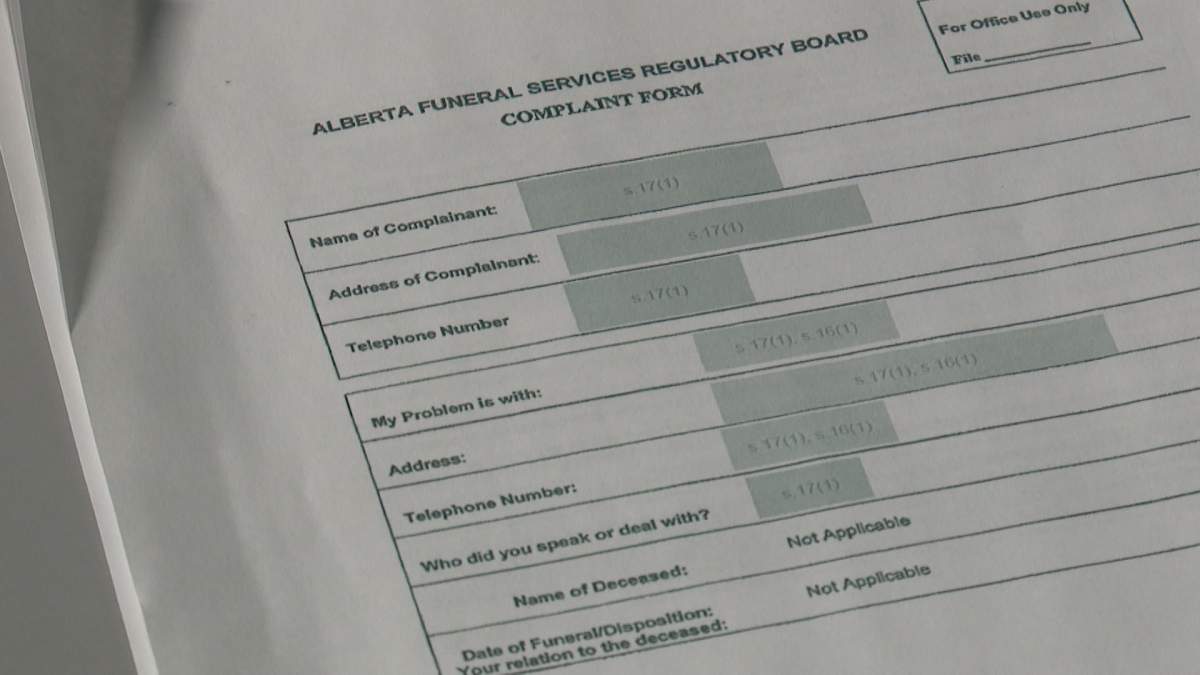

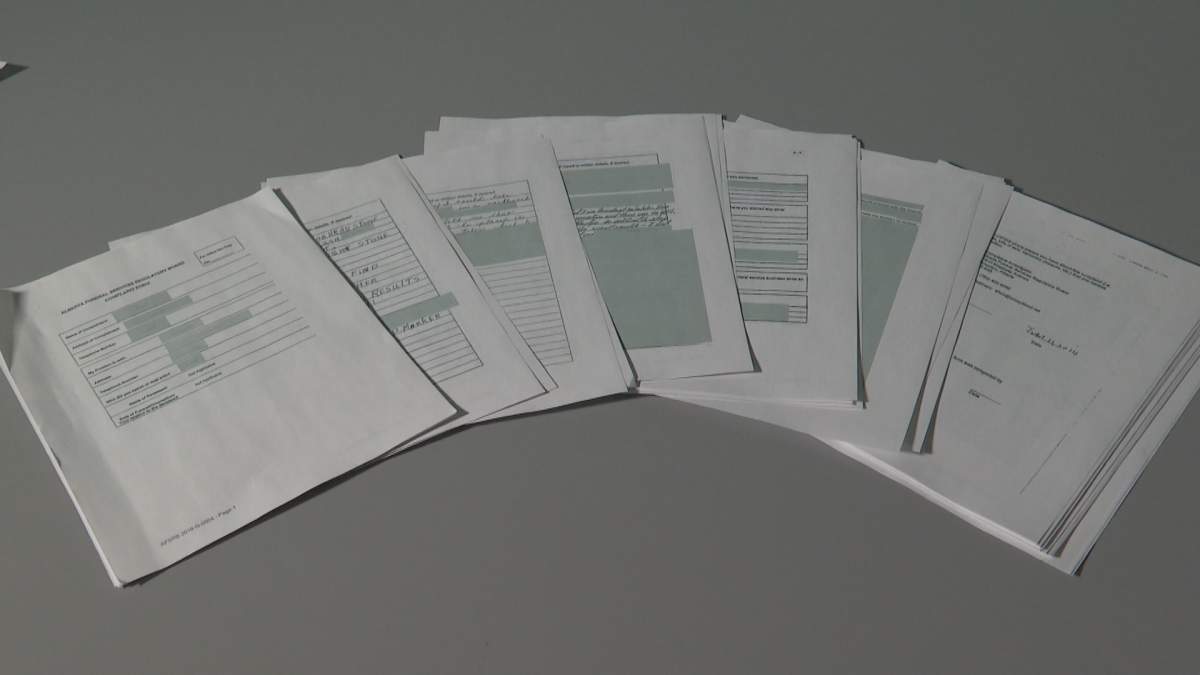
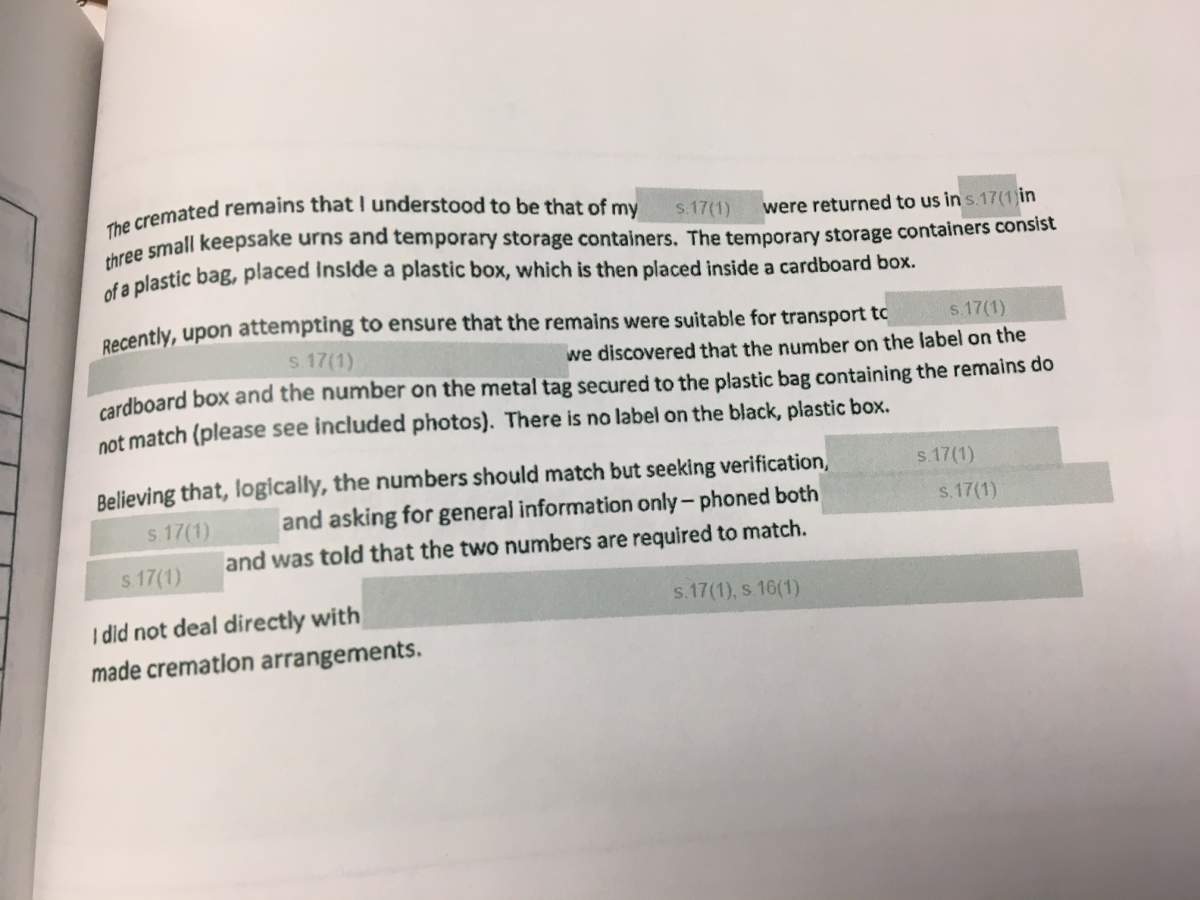
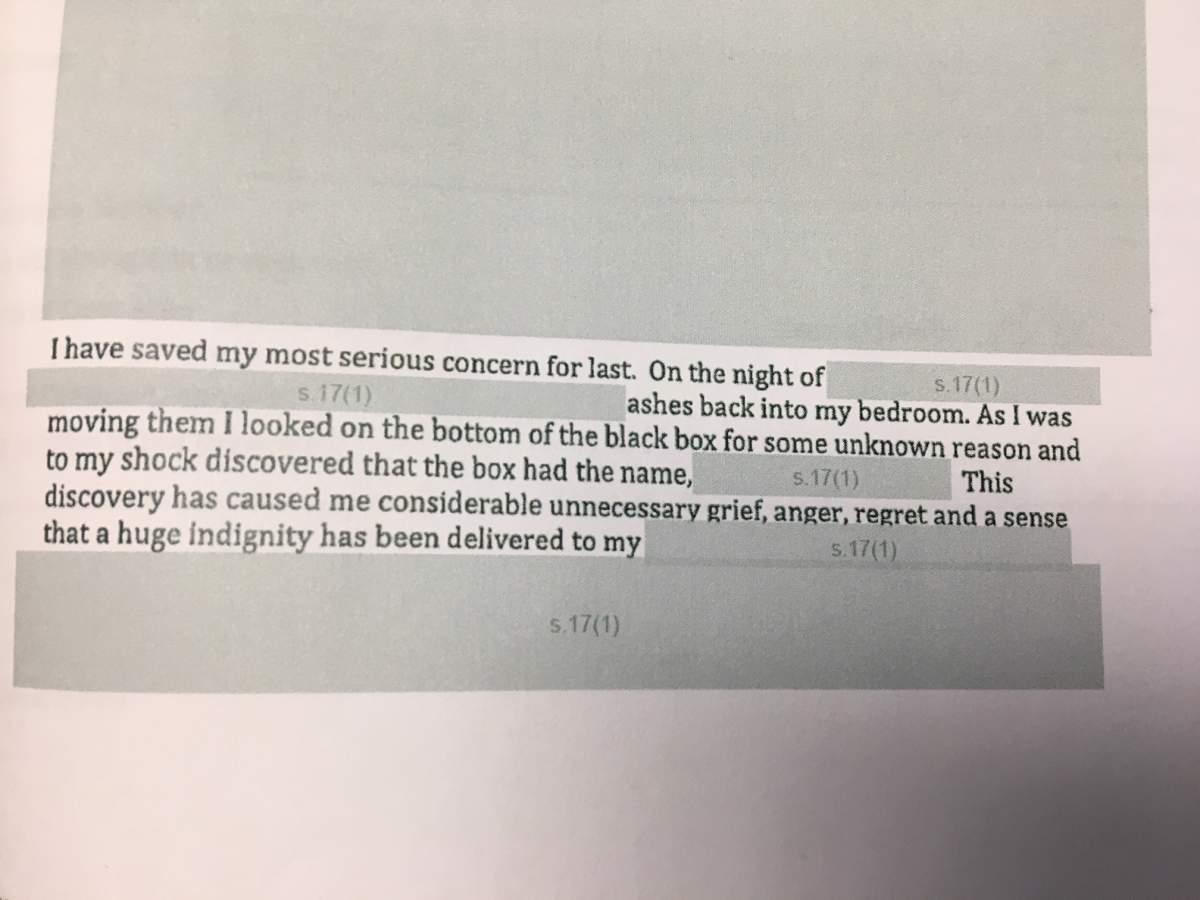
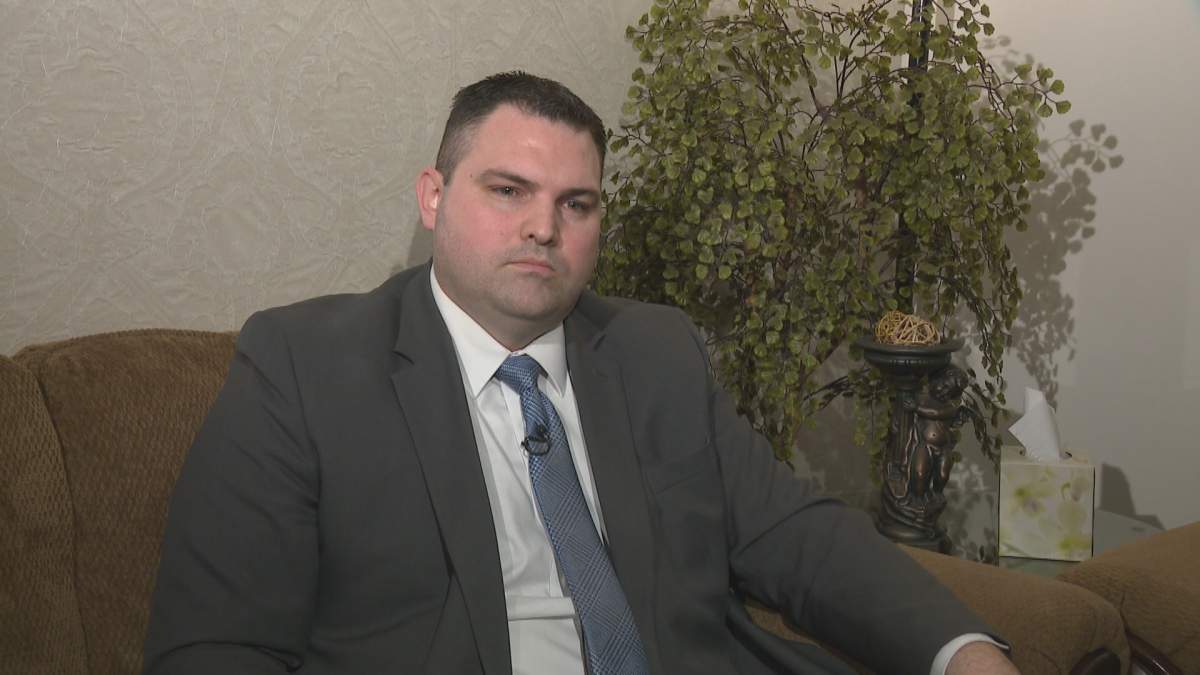


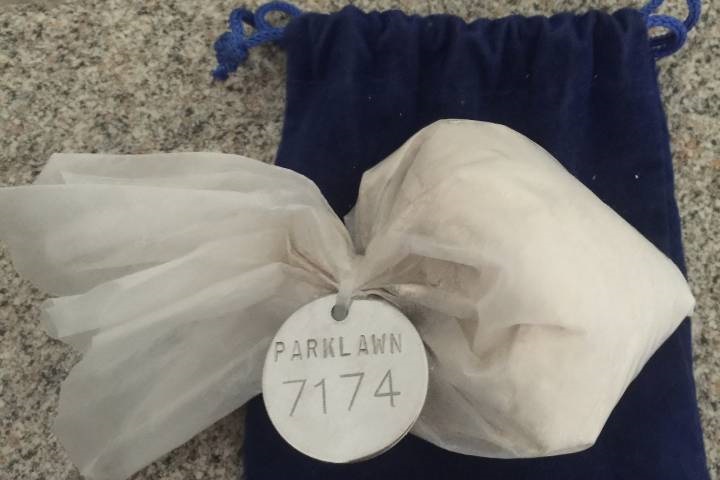

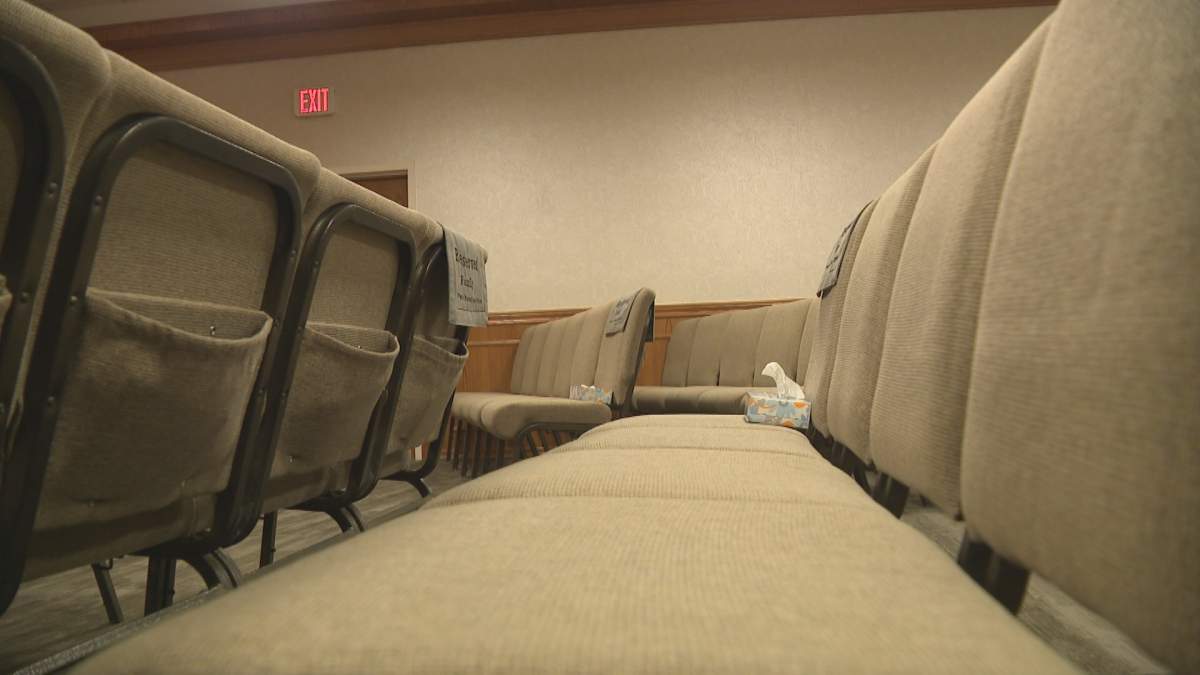

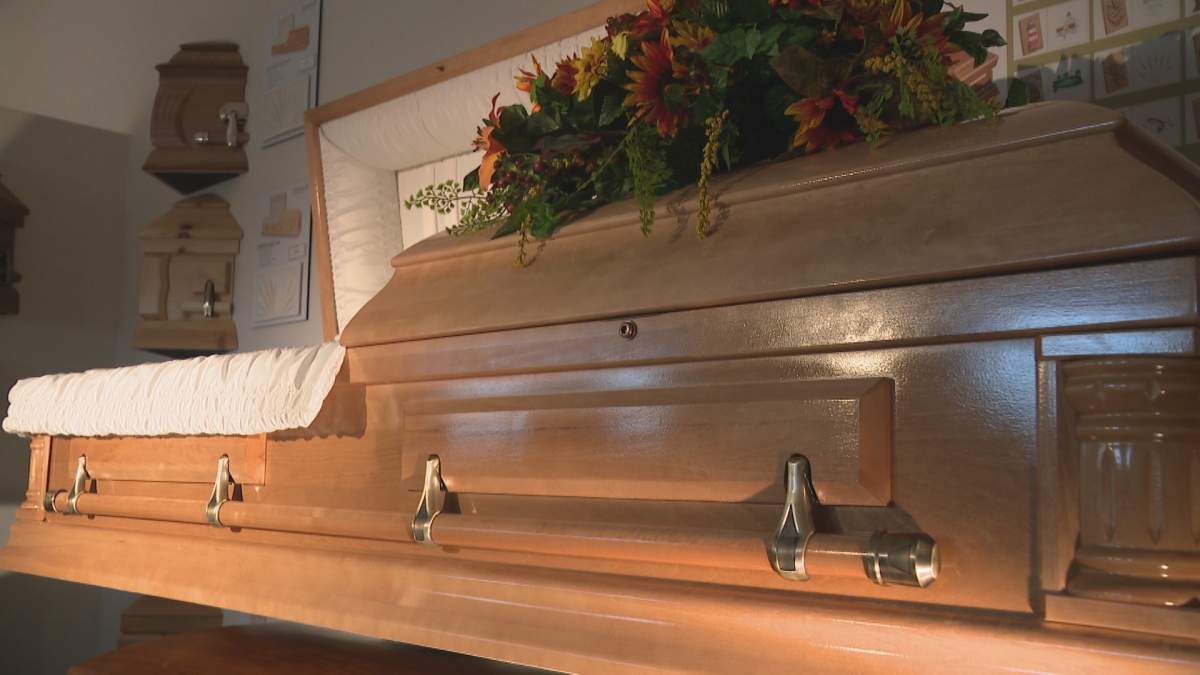
Comments